
Lifeline Fall Protection
Lifeline systems are a critical form of fall protection. Fall protection systems can be used to arrest or stop workers in the event of a fall occurring or prevent workers from reaching a fall hazard altogether. In circumstances where a fall cannot be prevented using passive protection, such as railing, safety lifelines are your next line of fall protection.
We provide lifelines, anchors, harnesses, and other lifeline safety equipment to help workers safely perform work at height. Our team of safety experts can help you design and install your lifeline system to ensure the safety of your team and the compliance of your business.
Fall Protection Lifeline Systems
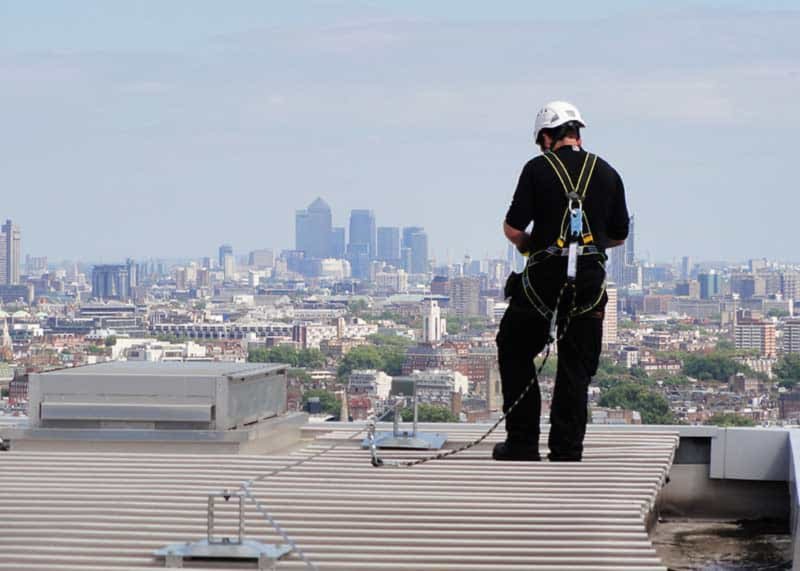
Horizontal Lifeline
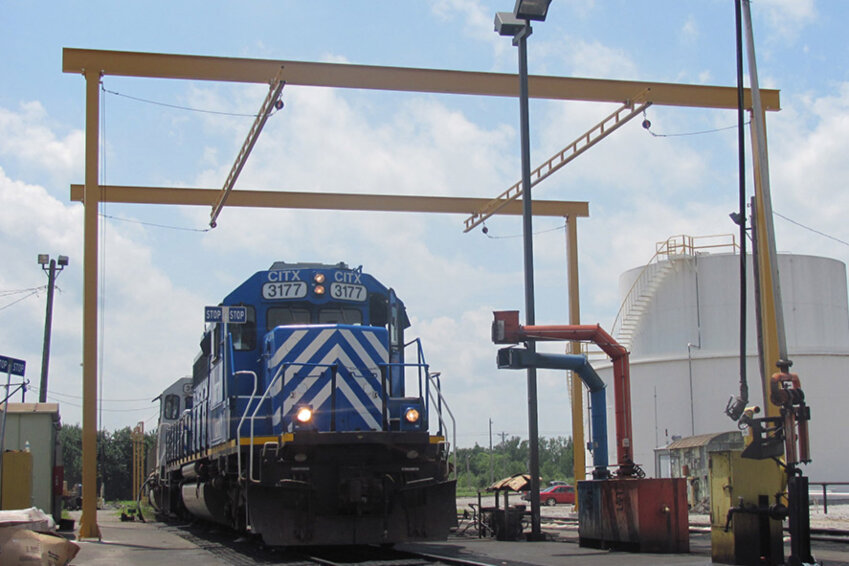
Overhead Rigid Rail
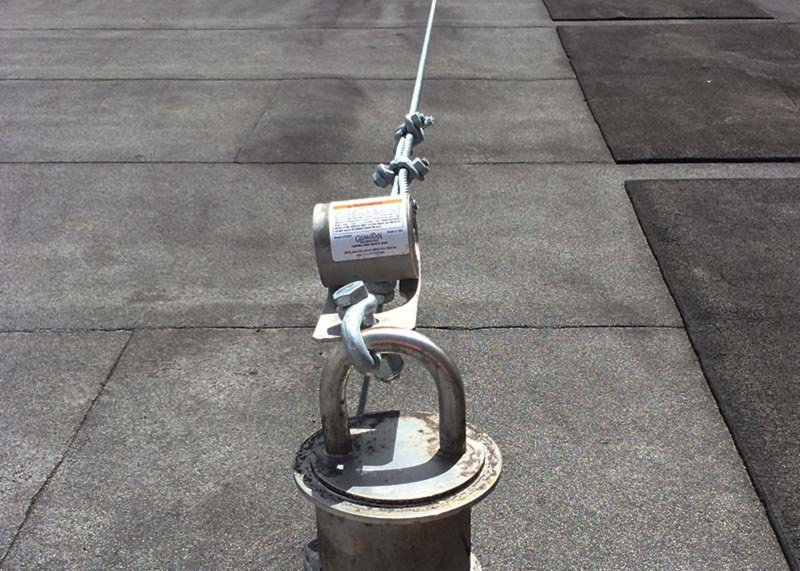
Pre-engineered Horizontal Lifeline
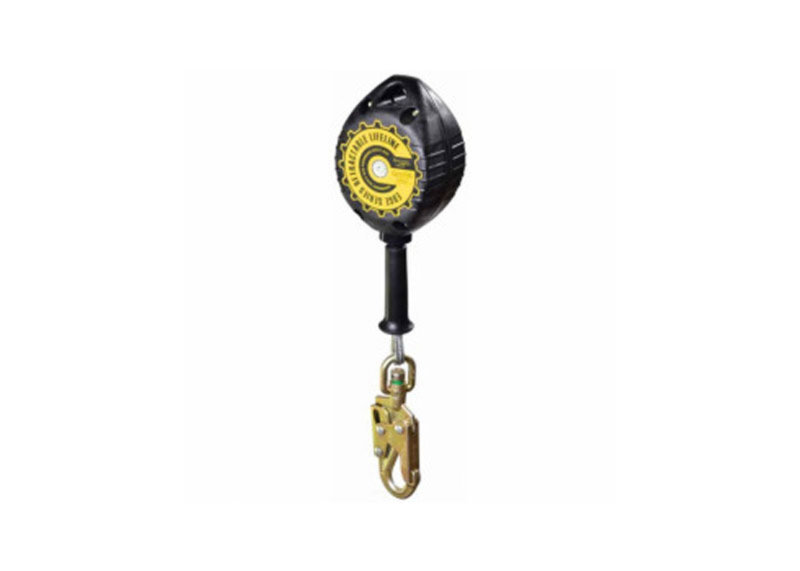
Self-Retracting Lifelines
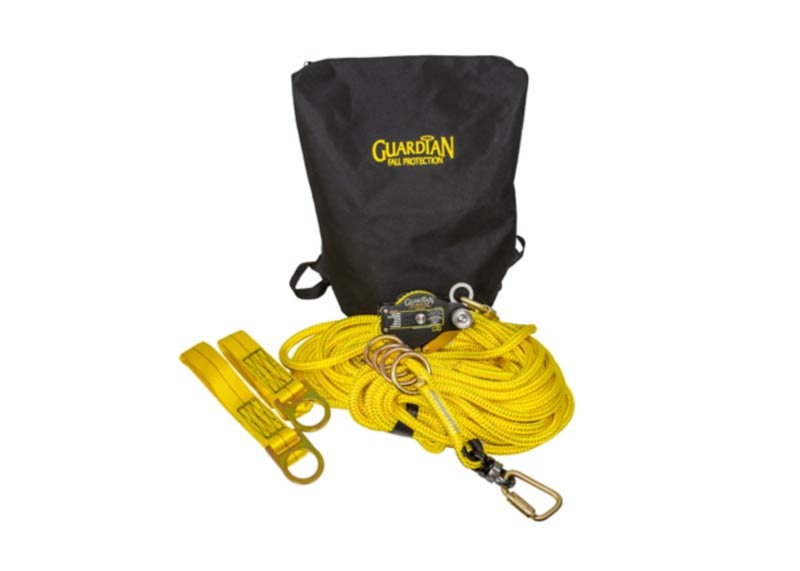
Temporary Horizontal Lifelines
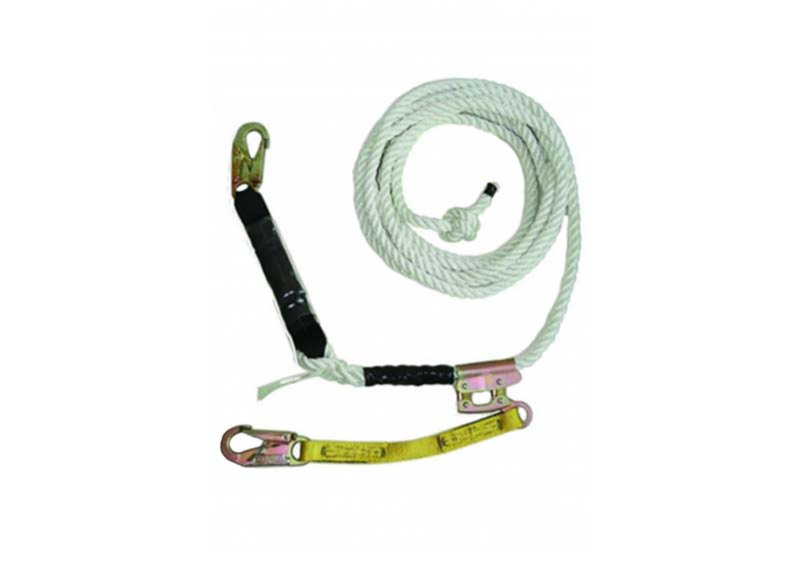
Vertical Lifelines
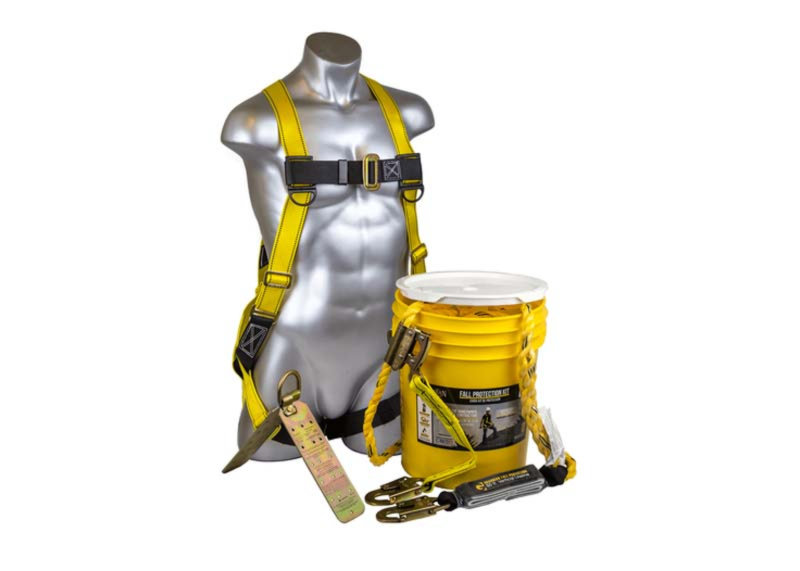
Construction Lifelines
Other Personal Fall Protection Equipment
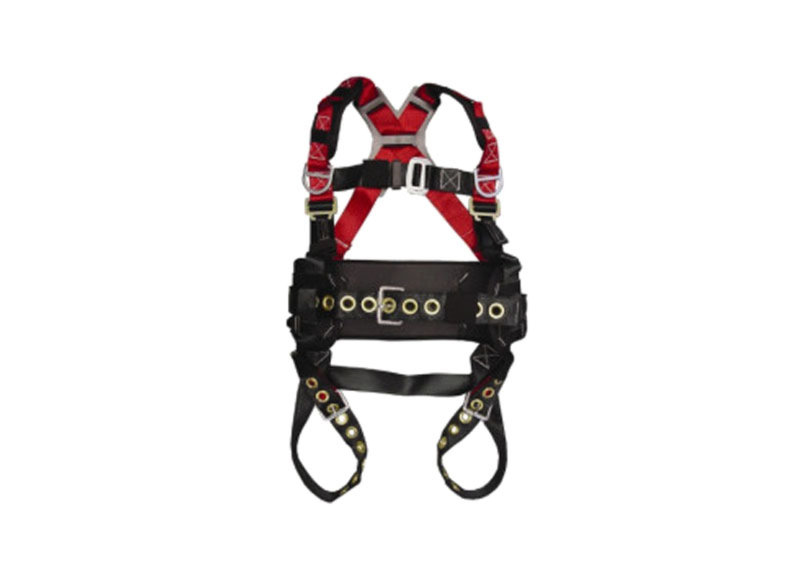
Safety Harnesses
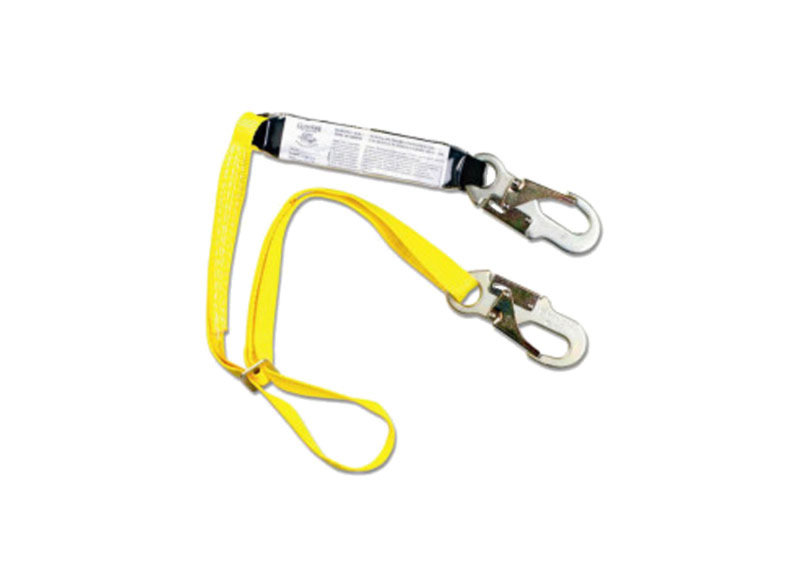
Safety Lanyards
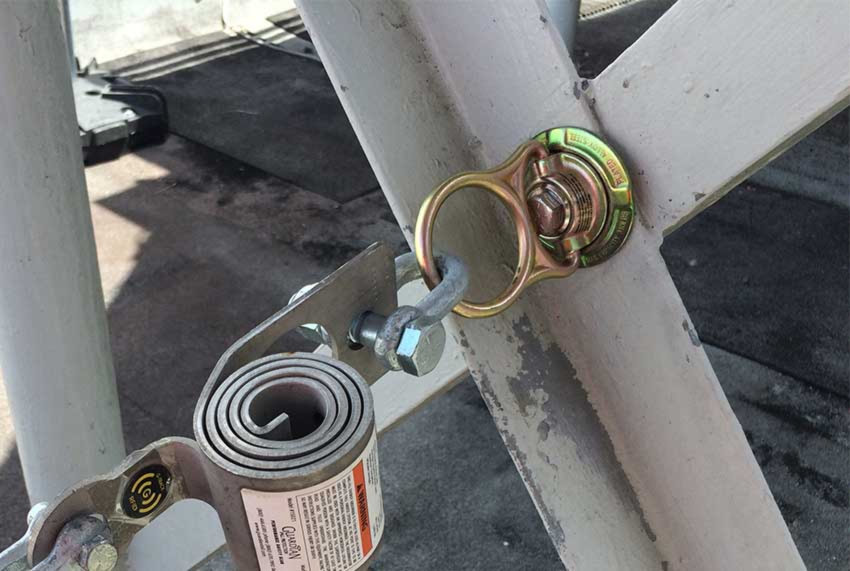
Anchor Points
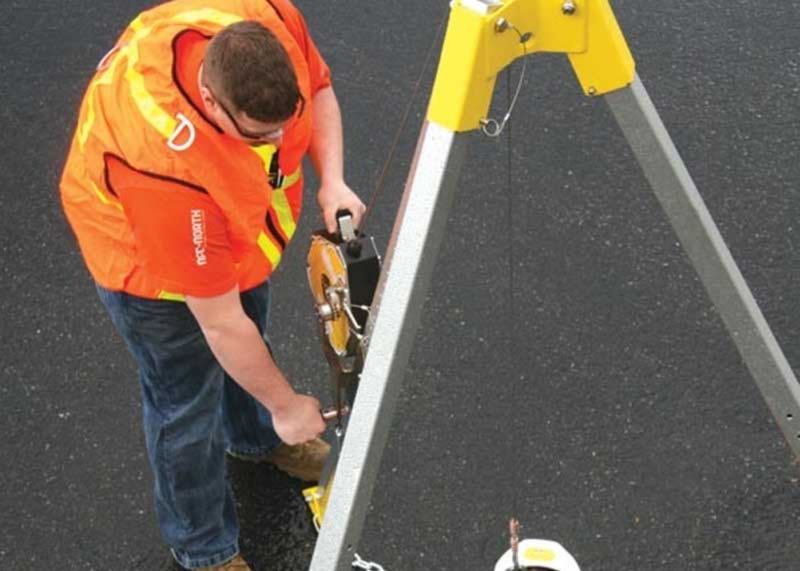
Confined Spaces
We were looking for a fall arrest system and we needed with urgency because it was an emergency job. Your company was the one that could comply with our requirements and to service us as soon as the next day. Thanks for the excellent service.
-Wilson Gonzalez
OSHA Lifeline Standards & Requirements
The section of the OSHA code that specifies most to the primary requirements for lifelines as a means of personal protective equipment and fall protection systems. Specifically, the following sections are the most relevant to lifelines for personal fall protection, and personal protective and life saving equipment .
1910.29(c)(11) - The employer must ensure that each horizontal lifeline is designed, installed, and used under the supervision of a qualified person; and is part of a complete personal fall arrest system that maintains a safety factor of at least two.
1910.140(c)(15) - Lifelines must not be made of natural fiber rope. Polypropylene rope must contain an ultraviolet (UV) light inhibitor.
1910.140(c)(5) - A competent person or qualified person must inspect each knot in a lanyard or vertical lifeline to ensure that it meets the requirements of paragraphs (c)(4) and (5) of this section before any employee uses the lanyard or lifeline
1910.140(c)(4) - Lanyards and vertical lifelines must have a minimum breaking strength of 5,000 pounds (22.2 kN).
1926.104(b) - Lifelines shall be secured above the point of operation to an anchorage or structural member capable of supporting a minimum dead weight of 5,400 pounds.
1926.140(c) - Lifelines used on rock-scaling operations, or in areas where the lifeline may be subjected to cutting or abrasion, shall be a minimum of 7/8 in. wire core manila rope. For all other lifeline applications, a minimum of 3/4 in. manila or equivalent, with a minimum breaking strength of 5,000 lbs., shall be used.
FAQs
What is the definition of a lifeline?
What are OSHA regulations for lifelines?
What is a lifeline system?
What is lifeline fall protection?
What is a self-retracting lifeline?
What does OSHA say about vertical lifelines?
What is a horizontal Lifeline?
Helpful Articles
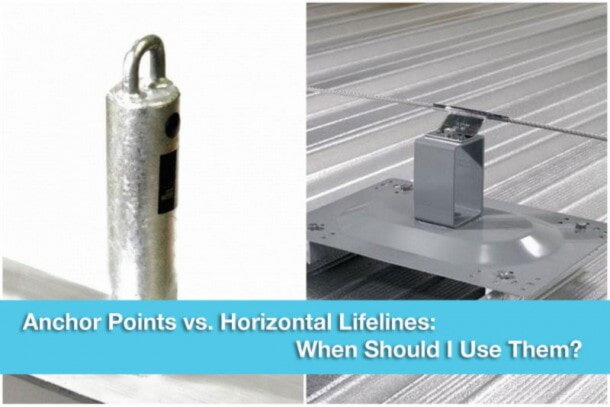
Anchor Point Vs. Horizontal Lifeline
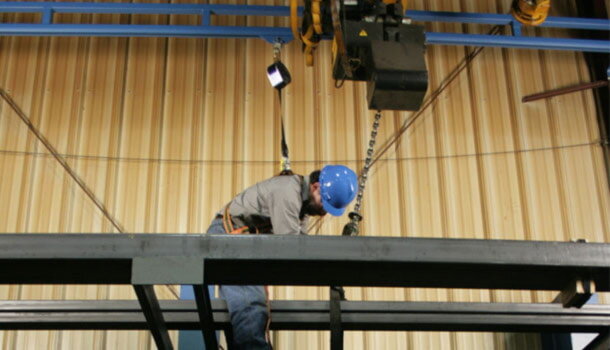
How to Use a Retractable Lanyard
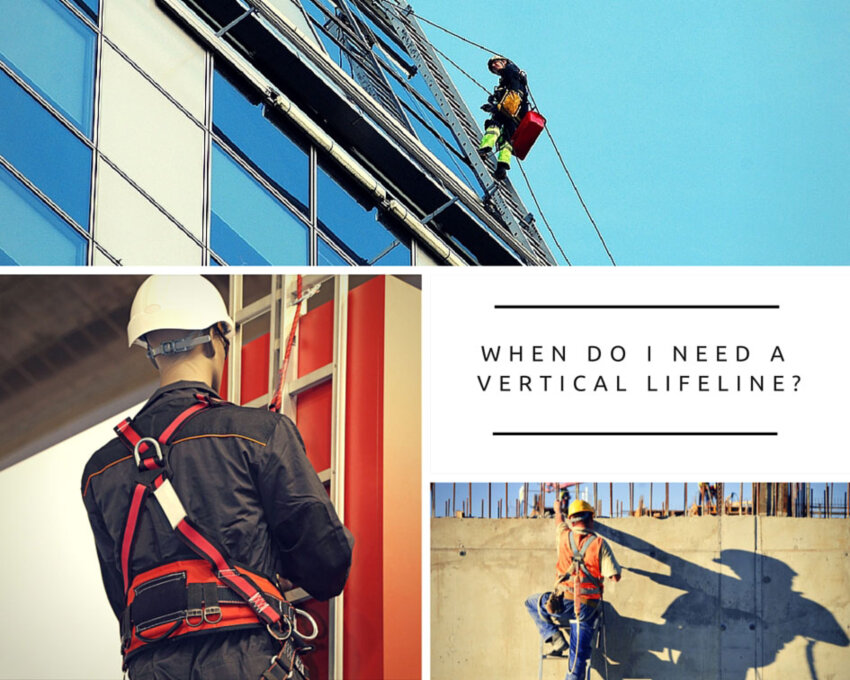
When Do I Need a Vertical Lifeline?
Need Help Determining the Right Fall Protection for You?
